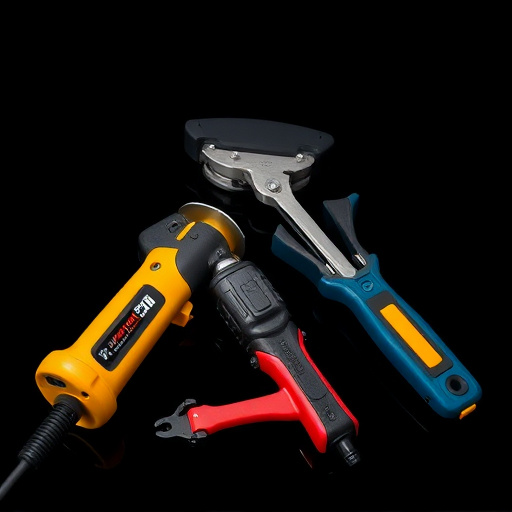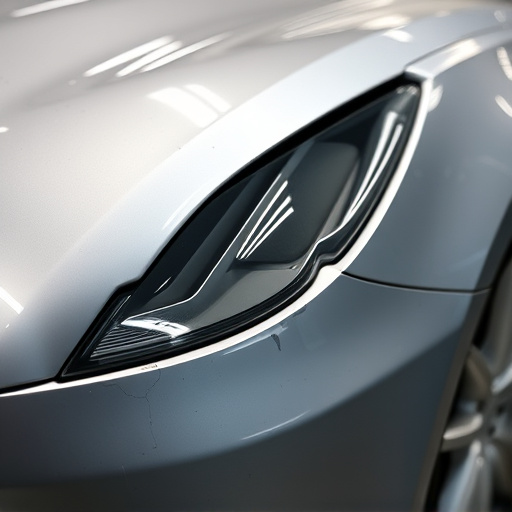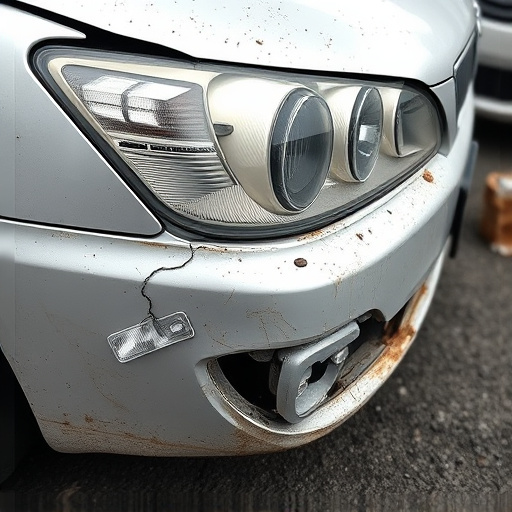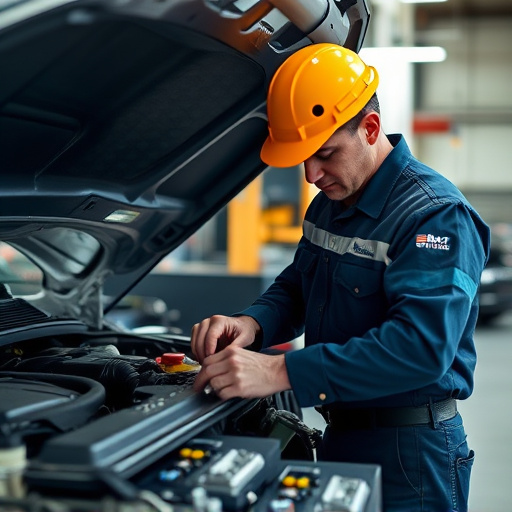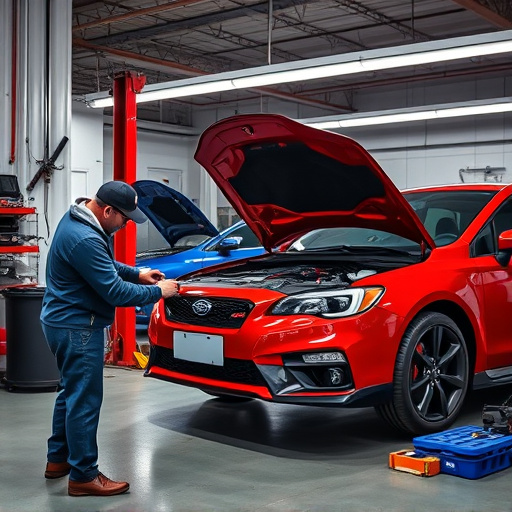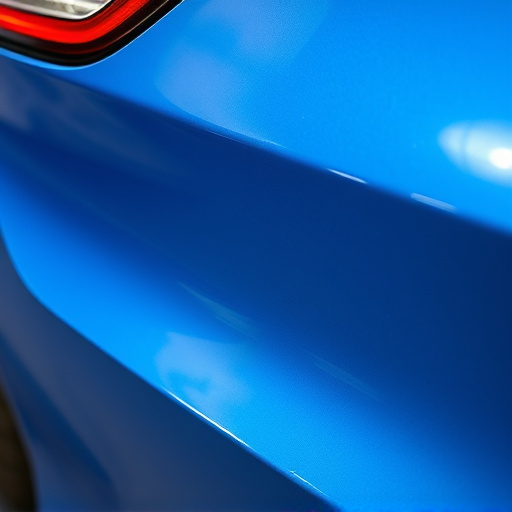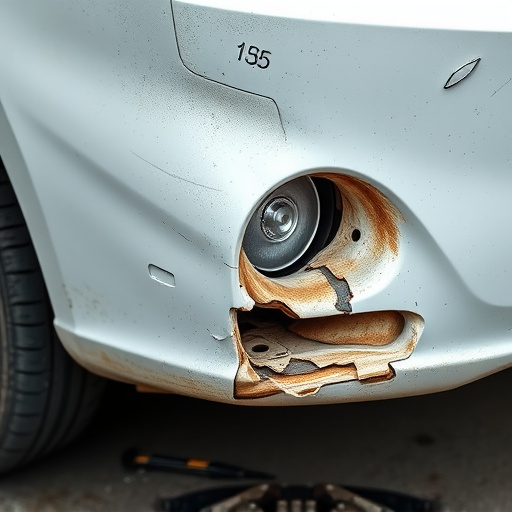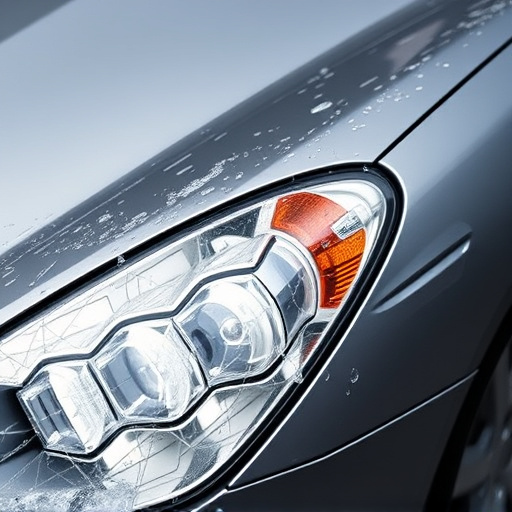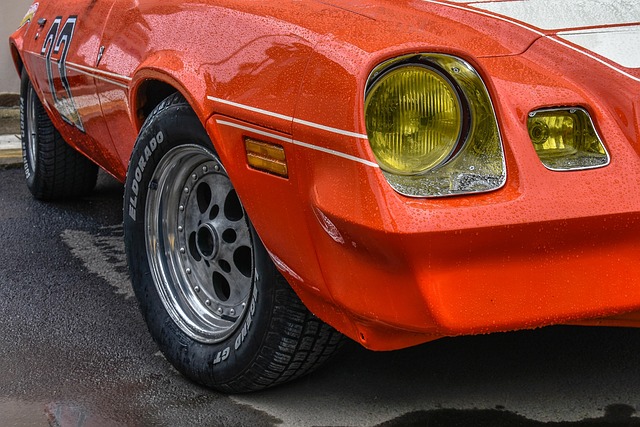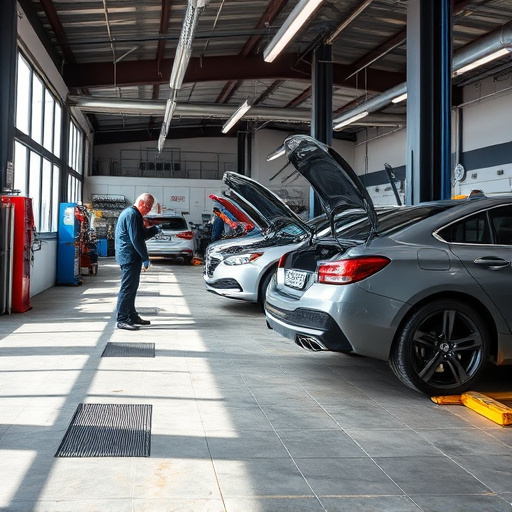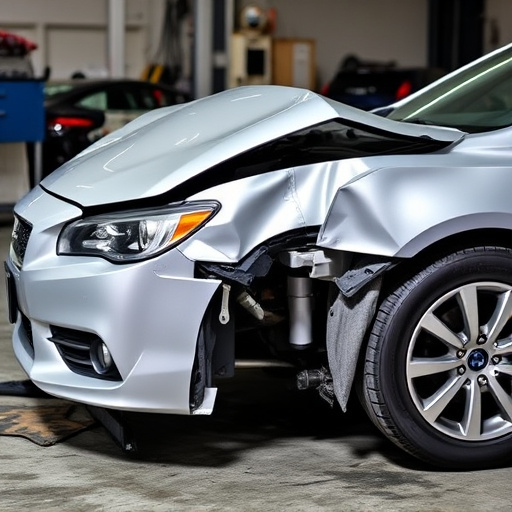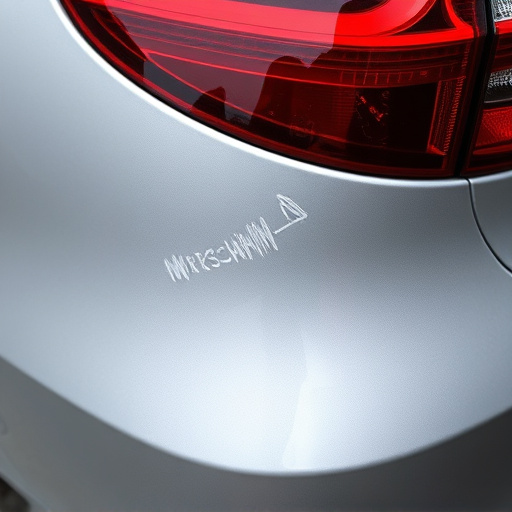A post-repair safety inspection is vital for hybrid and electric vehicles to ensure safe operation after restoration, focusing on electrical systems, battery modules, and critical components like high-voltage cables. Technicians use advanced tools to verify integrity, check for damage or moisture, inspect wiring, fuses, and control modules, adhering to manufacturer specs, preventing accidents, and ensuring optimal driving conditions.
In today’s rapidly evolving automotive landscape, hybrid and electric vehicles (EVs) are gaining popularity. Post-repair safety inspections are crucial for these advanced powertrains. This article delves into the essential aspects of post-repair safety inspections for both hybrid and EV systems. We explore understanding specific protocols, conducting thorough checks on battery and electric systems, and ensuring the safety of hybrid vehicles post-repairs. By adhering to these guidelines, repair technicians can guarantee the continued reliability and safety of these innovative vehicles.
- Understanding Post-Repair Safety Protocols for EVs
- Essential Checks for Battery and Electric Systems
- Ensuring Hybrid Vehicle Safety After Repairs
Understanding Post-Repair Safety Protocols for EVs
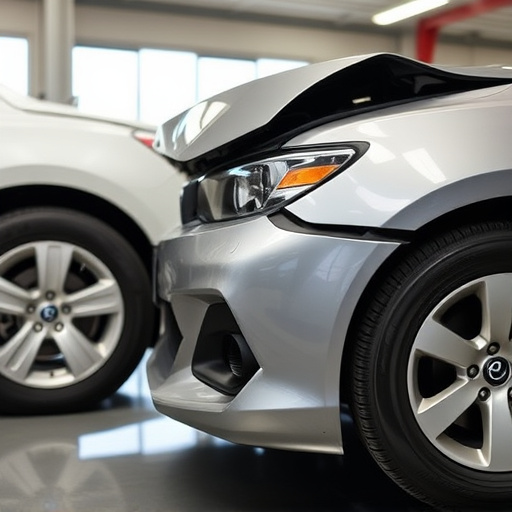
After a car restoration, whether it’s from a minor fender bender or more significant hail damage repair, conducting a thorough post-repair safety inspection is paramount for hybrid and electric vehicles. These vehicles have unique electrical systems and components that require specialized attention to ensure their safe operation. A comprehensive check includes verifying the integrity of high-voltage cables, battery modules, and any other critical electrical parts, as even a minor disconnect or damage can lead to severe consequences.
EV owners and mechanics must adhere to established safety protocols, which often involve using advanced diagnostic tools to test the vehicle’s systems. This meticulous process guarantees that hybrid and electric vehicles are road-ready and safe for drivers. Post-repair safety inspections aren’t just about identifying visible damages; they encompass a detailed evaluation of the vehicle’s performance and electrical systems to prevent accidents and ensure optimal driving conditions.
Essential Checks for Battery and Electric Systems
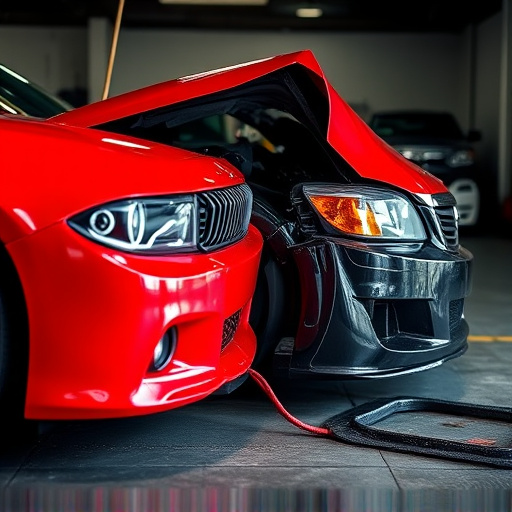
After a post-repair safety inspection for hybrid or electric vehicles, focusing on the battery and electric systems is paramount. These systems are at the heart of the vehicle’s performance and safety, especially in models like Mercedes Benz collision repair vehicles designed with cutting-edge technology. Technicians conducting the inspection should verify the integrity of the battery cells, checking for any signs of damage, corrosion, or moisture intrusion that could compromise their long-term health and efficiency.
Additionally, they must ensure proper connections within the electric system to prevent short circuits or power surges that could lead to serious vehicle dent repair issues or even pose a safety risk to occupants. A thorough inspection involves checking fuses, wiring insulation, and control modules for any anomalies, ensuring they function optimally and in accordance with the vehicle’s manufacturer specifications following a vehicle body repair process.
Ensuring Hybrid Vehicle Safety After Repairs
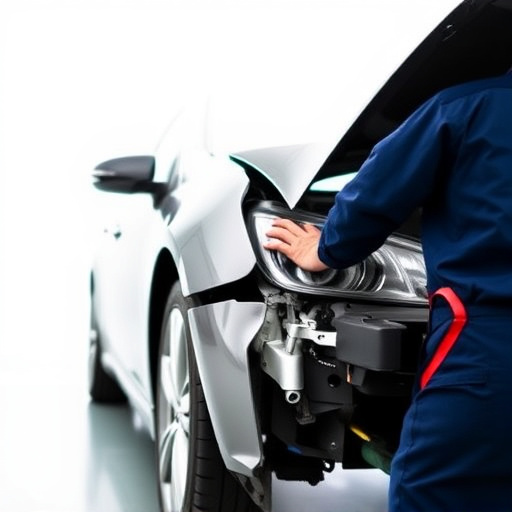
After a hybrid or electric vehicle has undergone repairs, especially following a vehicle collision repair, conducting a thorough post-repair safety inspection is paramount. This process involves meticulous checks on all critical components to ensure they function optimally and safely. Since these vehicles have complex systems integrating electrical and mechanical parts, any misalignment during the auto body shop repair process could lead to severe consequences.
A comprehensive assessment should be conducted by trained professionals who understand the unique aspects of automotive repair for hybrid and electric vehicles. This includes examining battery systems, power electronics, and high-voltage wiring for any signs of damage or loose connections. Such inspections not only guarantee the vehicle’s structural integrity but also ensure the safety of the driver and passengers during operation, thereby enhancing roadworthiness.
Conducting a thorough post-repair safety inspection is paramount for hybrid and electric vehicles, ensuring they meet the highest safety standards. By understanding the specific protocols for each type of vehicle—be it battery or hybrid—mechanics can effectively assess and address potential issues. Regular checks guarantee that these innovative vehicles remain safe and reliable on the road, offering peace of mind to owners and enhancing overall driving experience.
